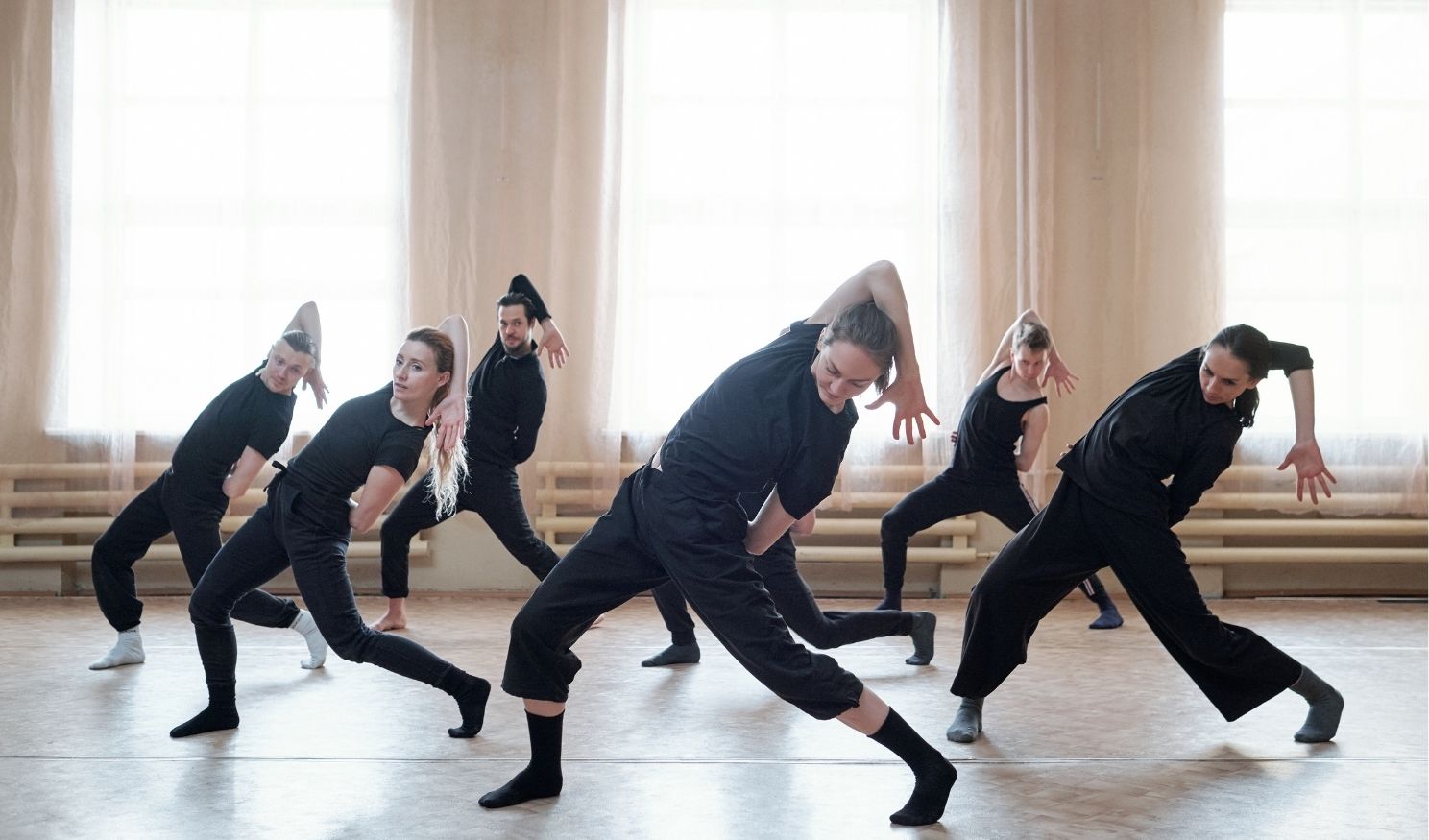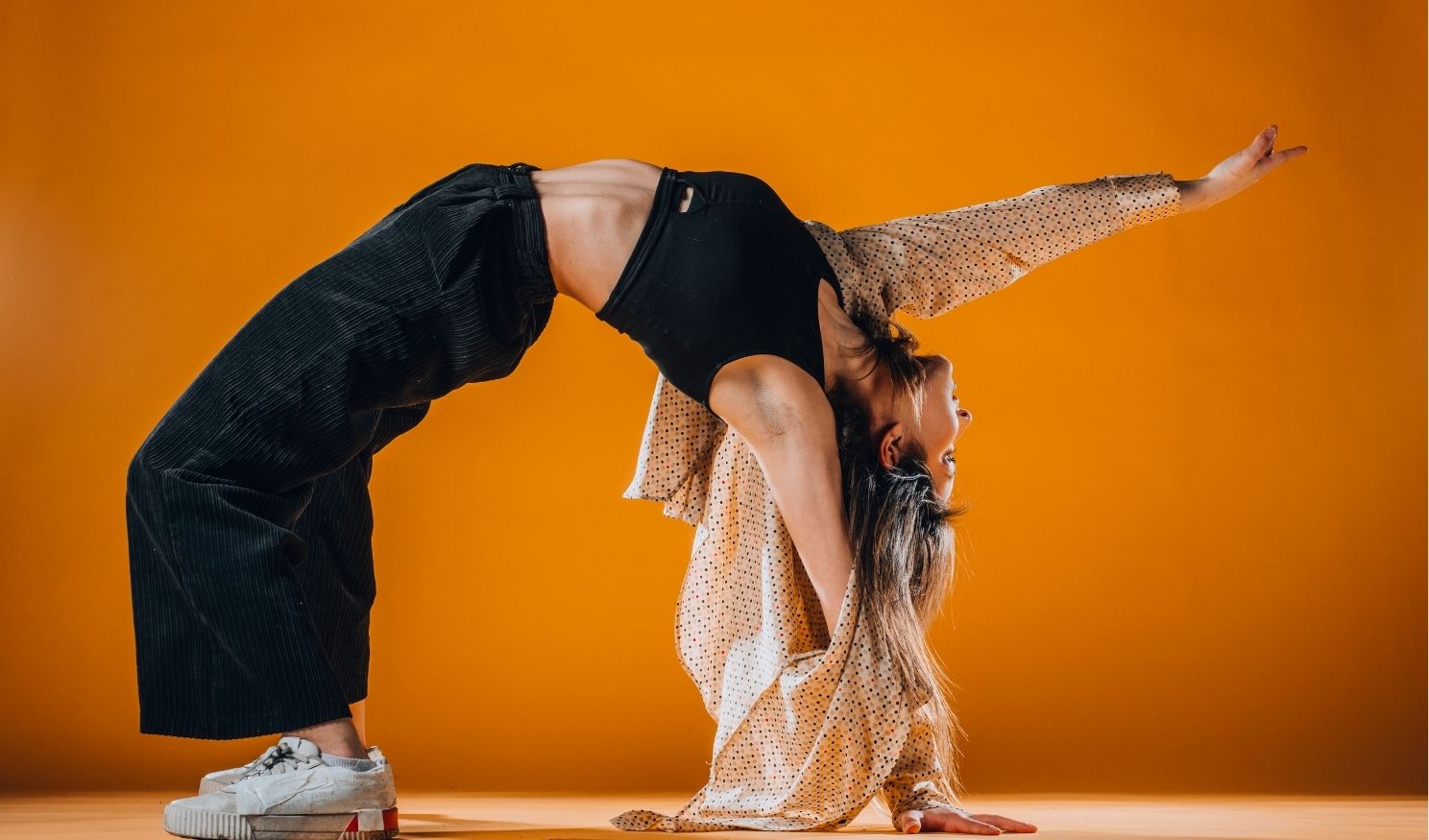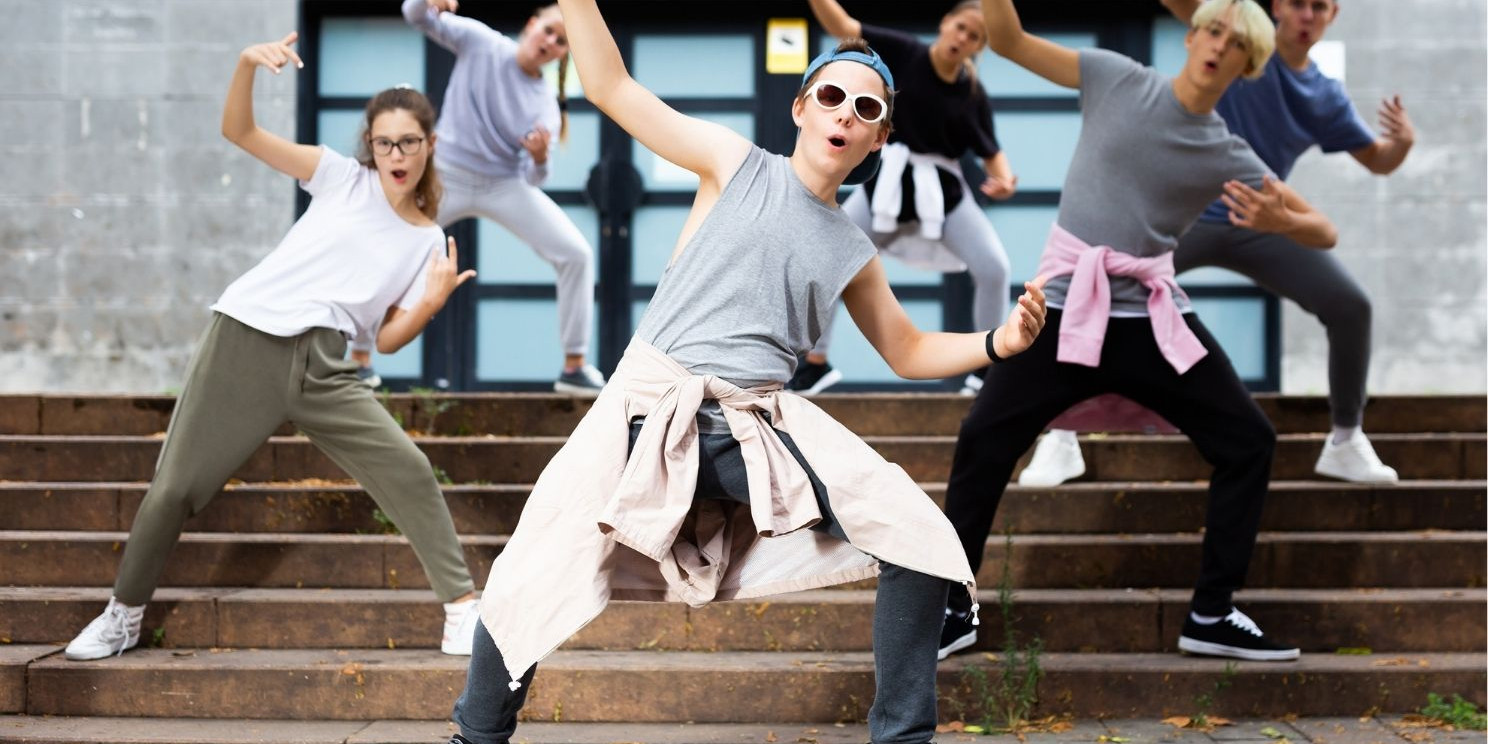“Modern” and “contemporary” are often used interchangeably in the dance world, but they’re not the same thing. While both styles push against the rigidity of classical ballet, they stem from different eras, philosophies, and artistic goals.
Understanding the real difference between modern and contemporary dance is essential—not just for dancers and choreographers, but for audiences, educators, and arts institutions seeking clarity in a field where terminology often blurs meaning.

Modern Dance: Rooted in Rebellion
Origins:
Modern dance originated in the early 20th century, primarily as a rejection of classical ballet’s formality and elitism.
Key Figures:
- Isadora Duncan – Pioneered natural movement and emotional expression
- Martha Graham – Developed a codified technique based on contraction and release
- Lester Horton, José Limón, Ruth St. Denis – Each developed structured, formal techniques still taught today
Core Characteristics:
- Grounded movement
- Emphasis on breath, emotion, and weight
- Codified techniques (e.g., Graham, Horton, Limón)
- Structured training systems
- Often thematic or narrative
“Modern dance was the first major movement to democratize dance—to make it about the body and soul, not about perfection.”

Contemporary Dance: A Fusion of Forms
Origins:
Contemporary dance emerged in the mid-to-late 20th century as an evolution of modern dance, blending various styles and influences—including ballet, jazz, postmodern, street, somatic practices, and even martial arts.
Key Figures:
- Merce Cunningham – Broke ties with music and narrative; emphasized chance
- Pina Bausch – Blended dance with theatre, text, and repetition
- Crystal Pite, Akram Khan, Ohad Naharin – Today’s leading voices in hybrid choreographic approaches
Core Characteristics:
- Eclectic and interdisciplinary
- Often improvisational or devised
- Can include floor work, contact, partnering, and theatrical elements
- No single technique; relies on versatility and experimentation
- Often abstract, philosophical, or conceptual in focus
“Contemporary dance is a toolbox—it adapts, absorbs, and reinvents in real time.”
Key Differences: Side-by-Side
| Aspect | Modern Dance | Contemporary Dance |
|---|---|---|
| Time Period | Early 20th century | Mid-20th century to present |
| Roots | Rebellion against ballet | Evolution of modern, fusion of styles |
| Structure | Codified techniques (e.g. Graham, Horton) | No single codified style |
| Philosophy | Expressive, emotional, narrative | Conceptual, abstract, often experimental |
| Movement Style | Grounded, dramatic, often symbolic | Fluid, versatile, improvisational |
| Training | Specific techniques and systems | Broad cross-training in multiple forms |
| Performance Aesthetic | Personal, raw, often autobiographical | Highly visual, hybrid, often theatrical |
Why the Confusion Exists

Part of the confusion comes from the fluid nature of dance itself. Many choreographers today pull from both traditions, and terms are often used loosely by institutions, festivals, and schools. A contemporary choreographer may reference modern technique. A modern piece may look “contemporary” in staging.
The real distinction lies in intent, structure, and lineage—not in what the dance looks like at first glance.
Why It Matters
For dancers:
- Knowing the difference helps you train strategically, audition intelligently, and refine your creative identity.
For educators:
- Understanding the distinction is critical for curriculum development and historical accuracy.
For audiences:
- Awareness deepens appreciation for the evolution of movement, and how dance reflects cultural shifts.
“Modern dance asks: ‘What am I feeling?’ Contemporary dance asks: ‘What can movement say that words cannot?’”
Final Thoughts: Tradition vs. Transformation
Modern dance gave us the foundation—discipline, form, and emotional honesty. Contemporary dance gave us the freedom—interdisciplinarity, risk, and reinvention. Neither is better. But they are different.
At Dance Liberation Network, we celebrate both as essential pillars of expressive movement. Whether you’re drawn to the structure of Graham or the chaos of Naharin, the point is to move—and mean it.




